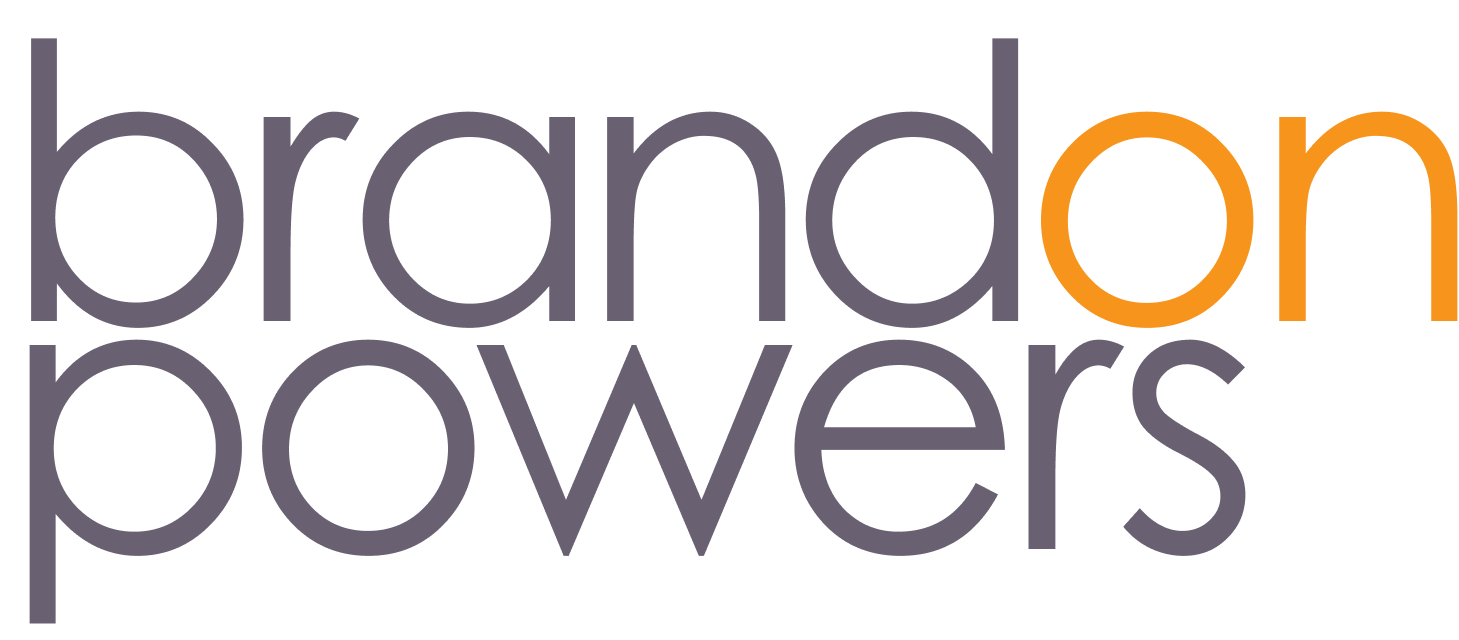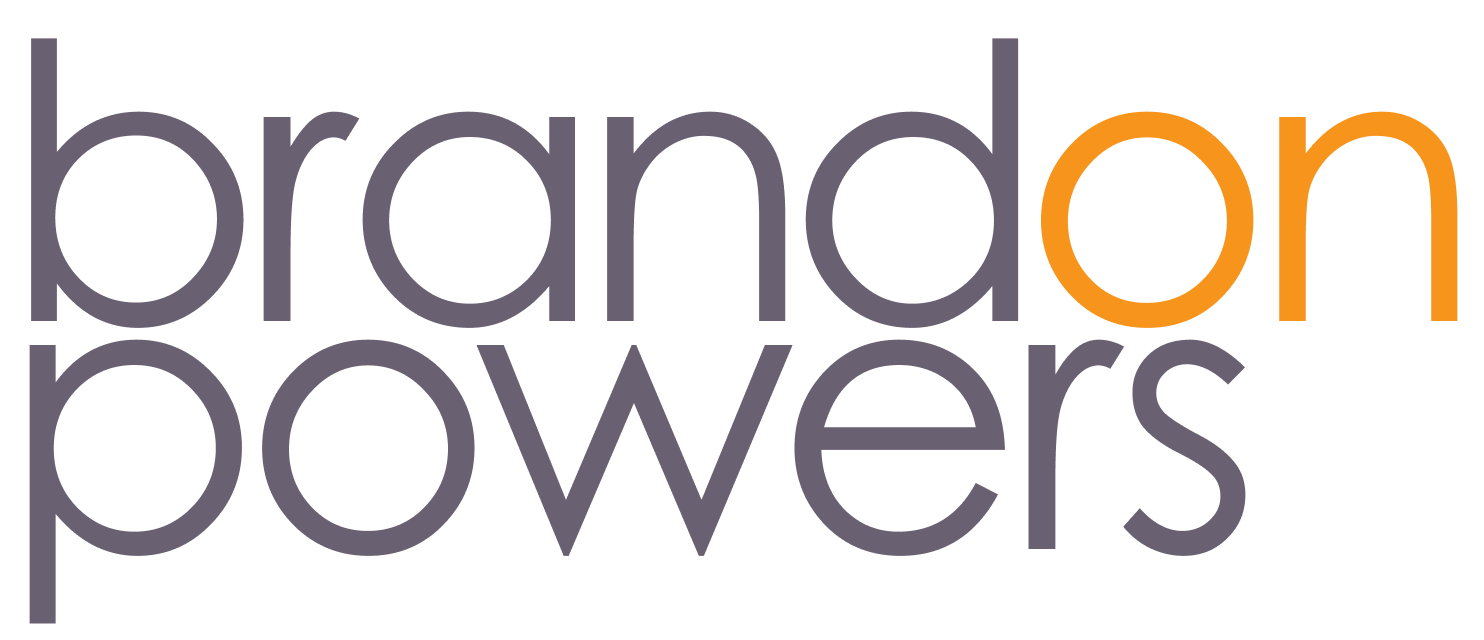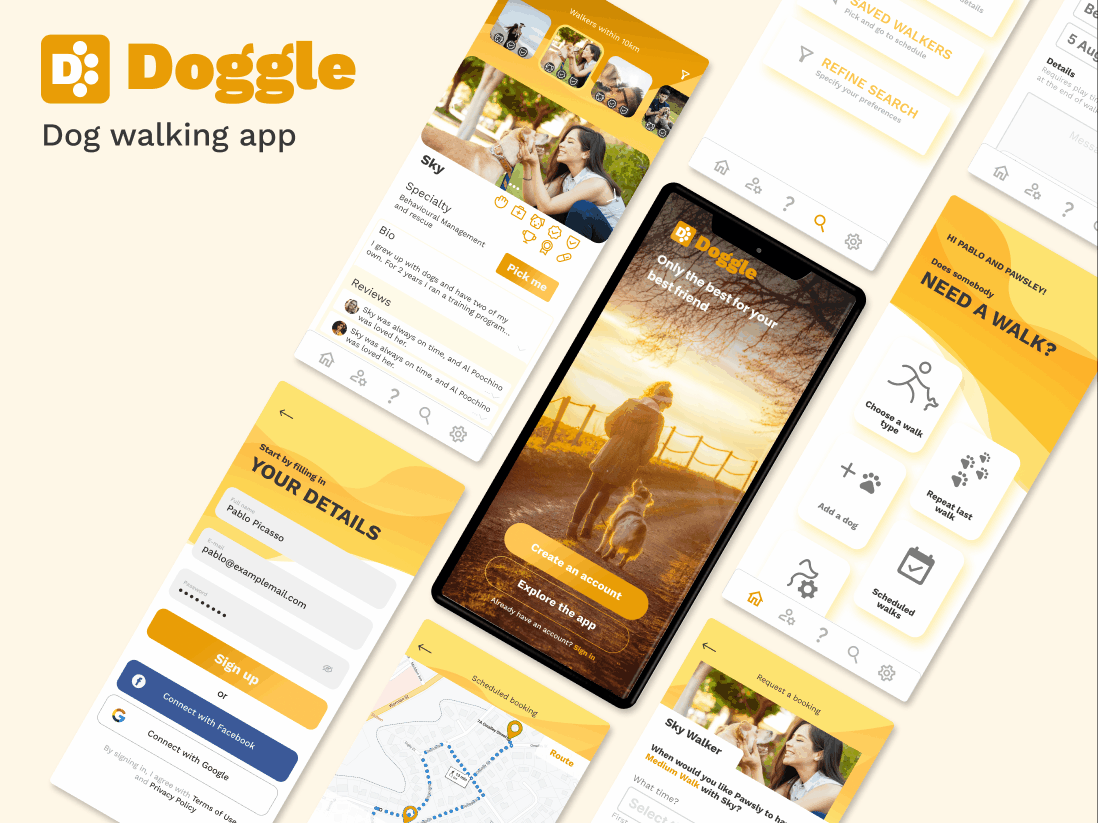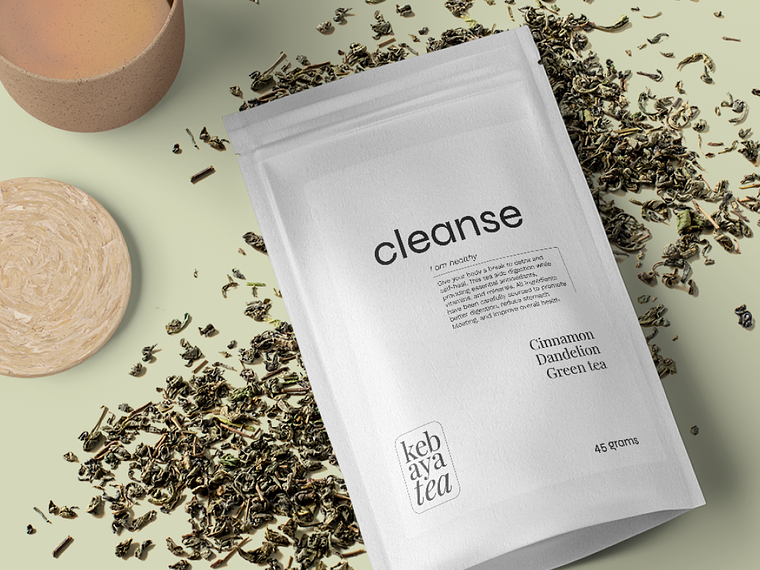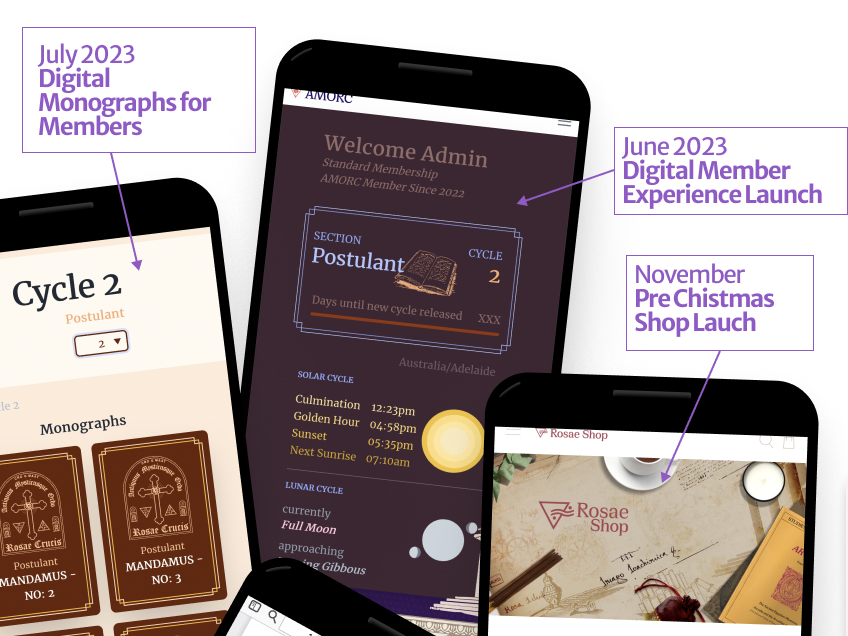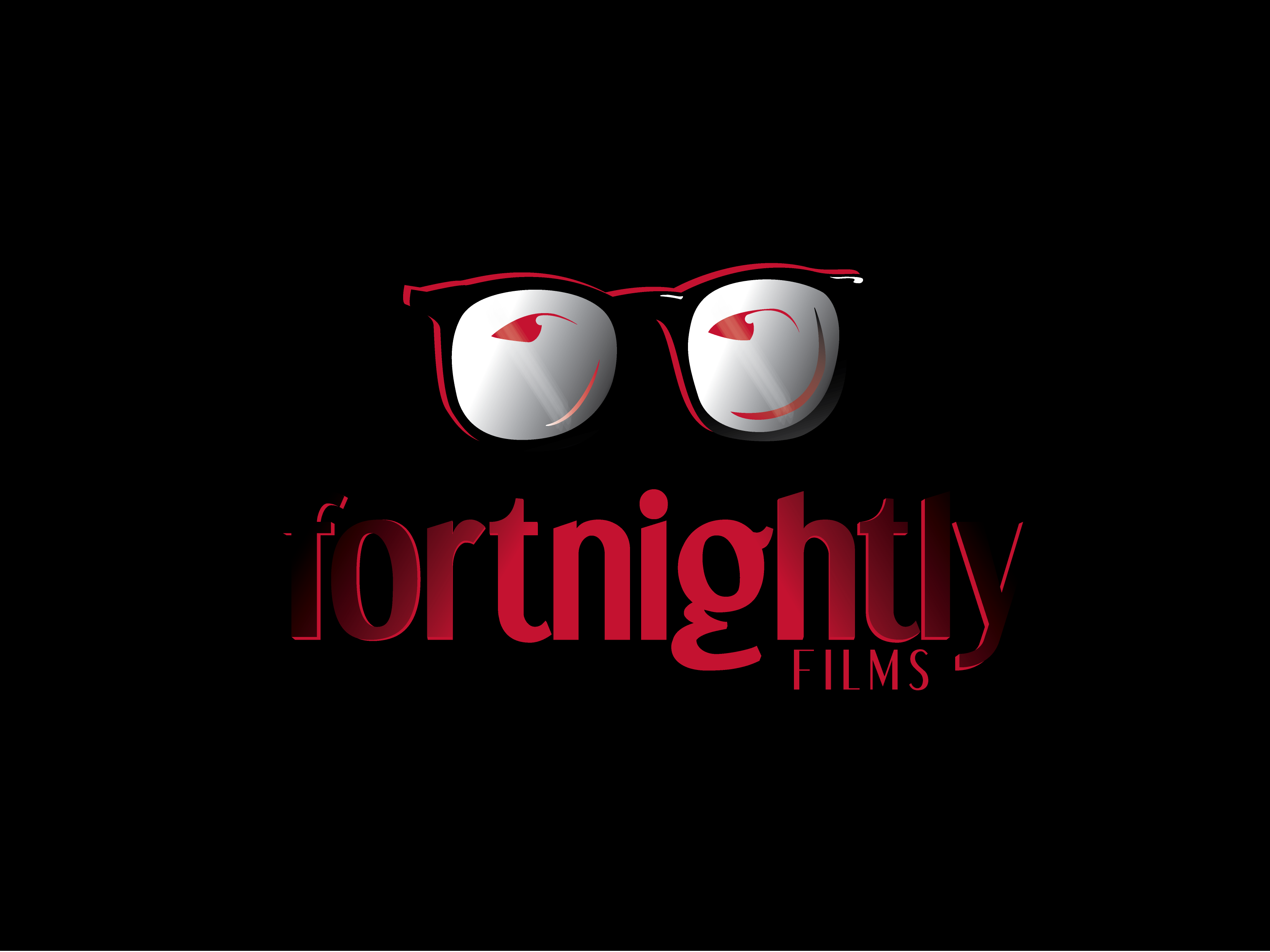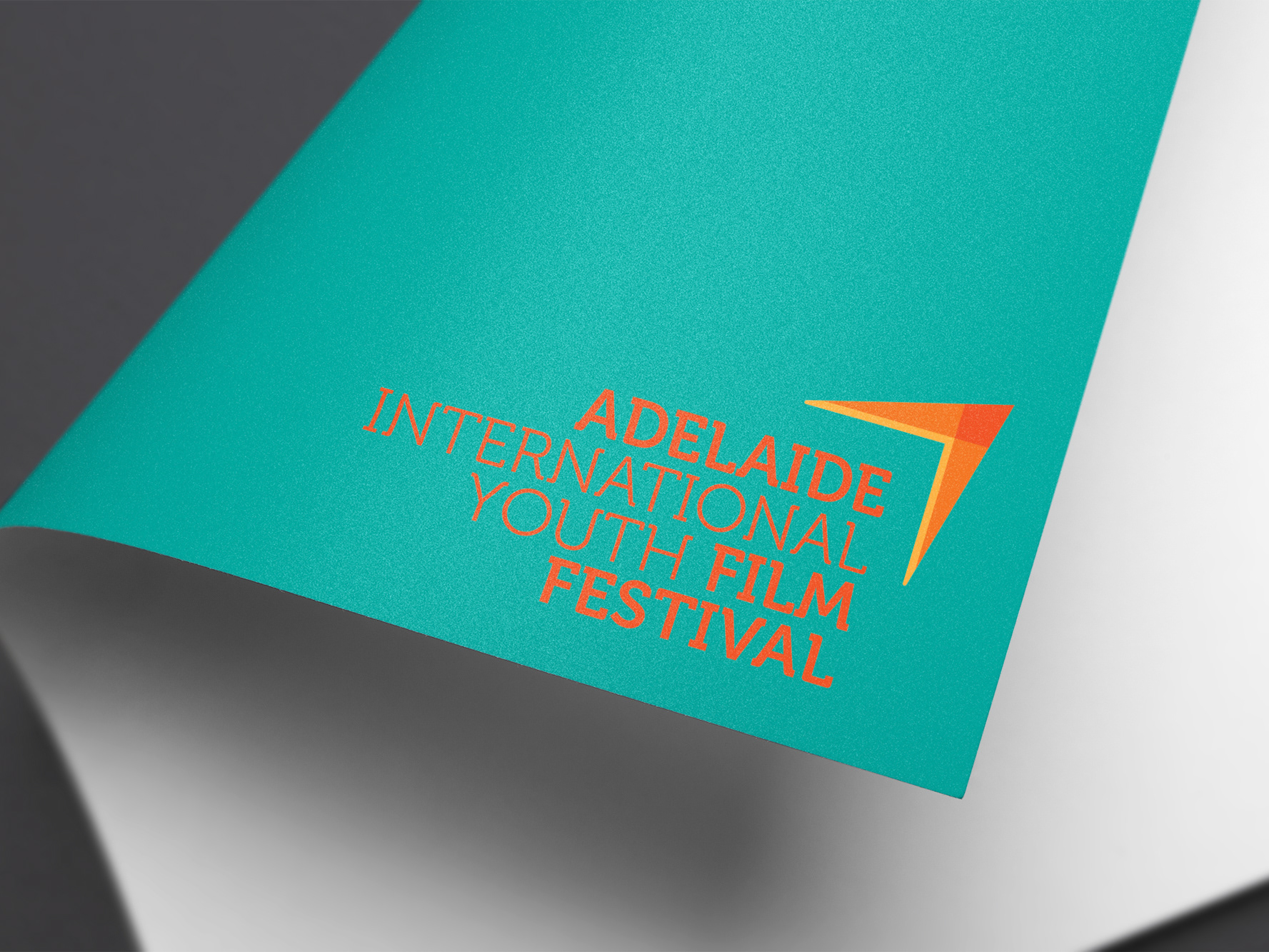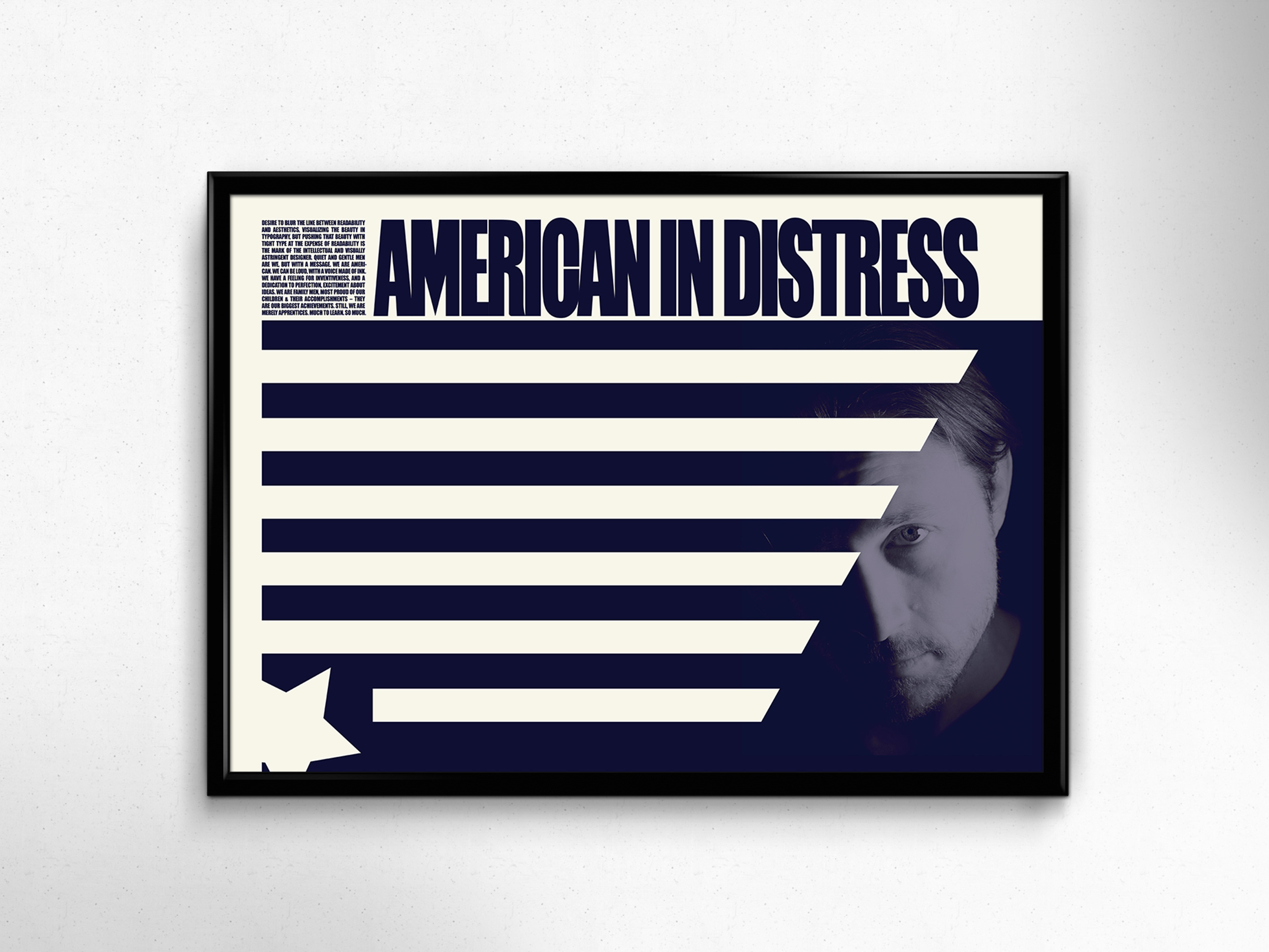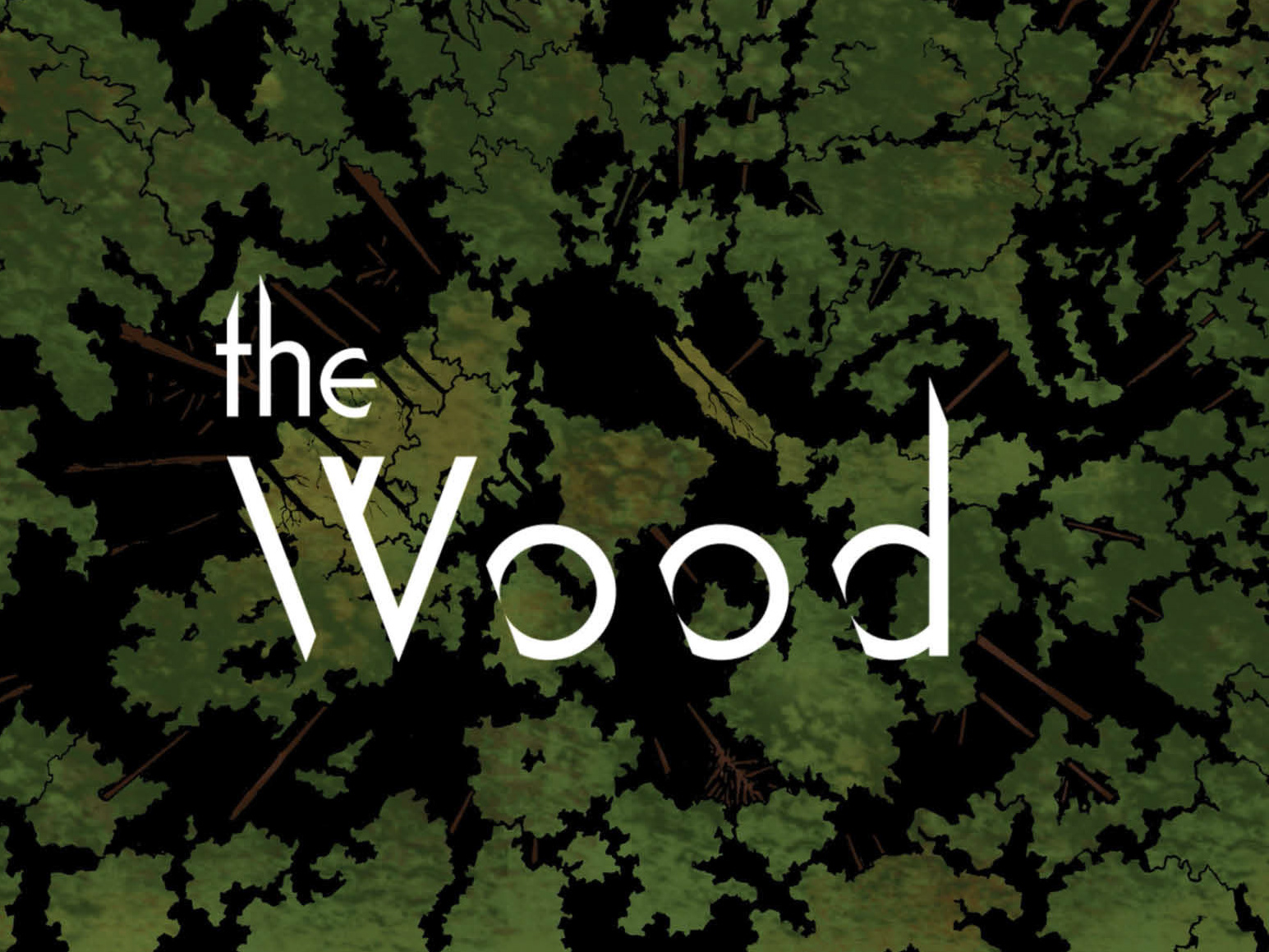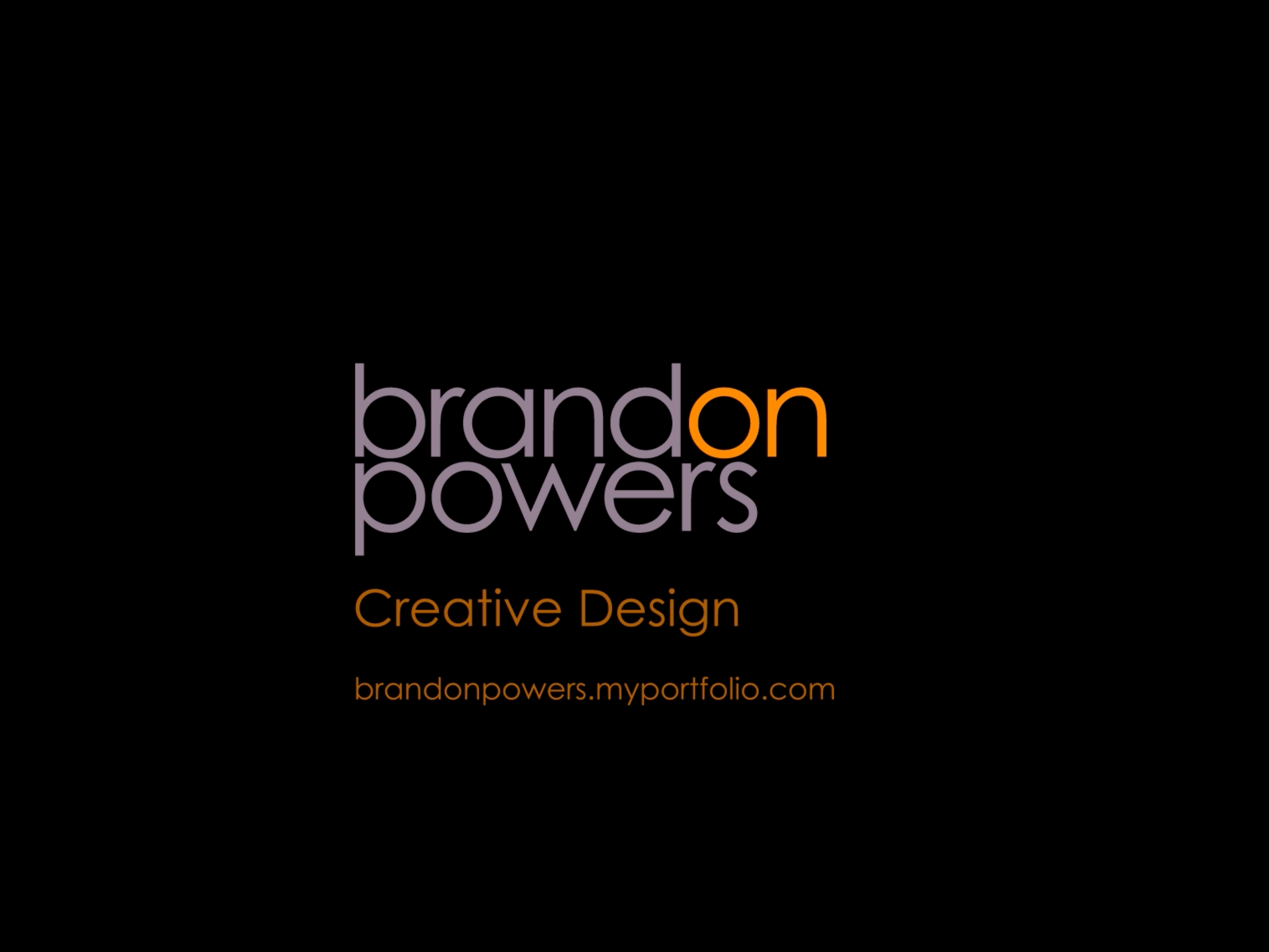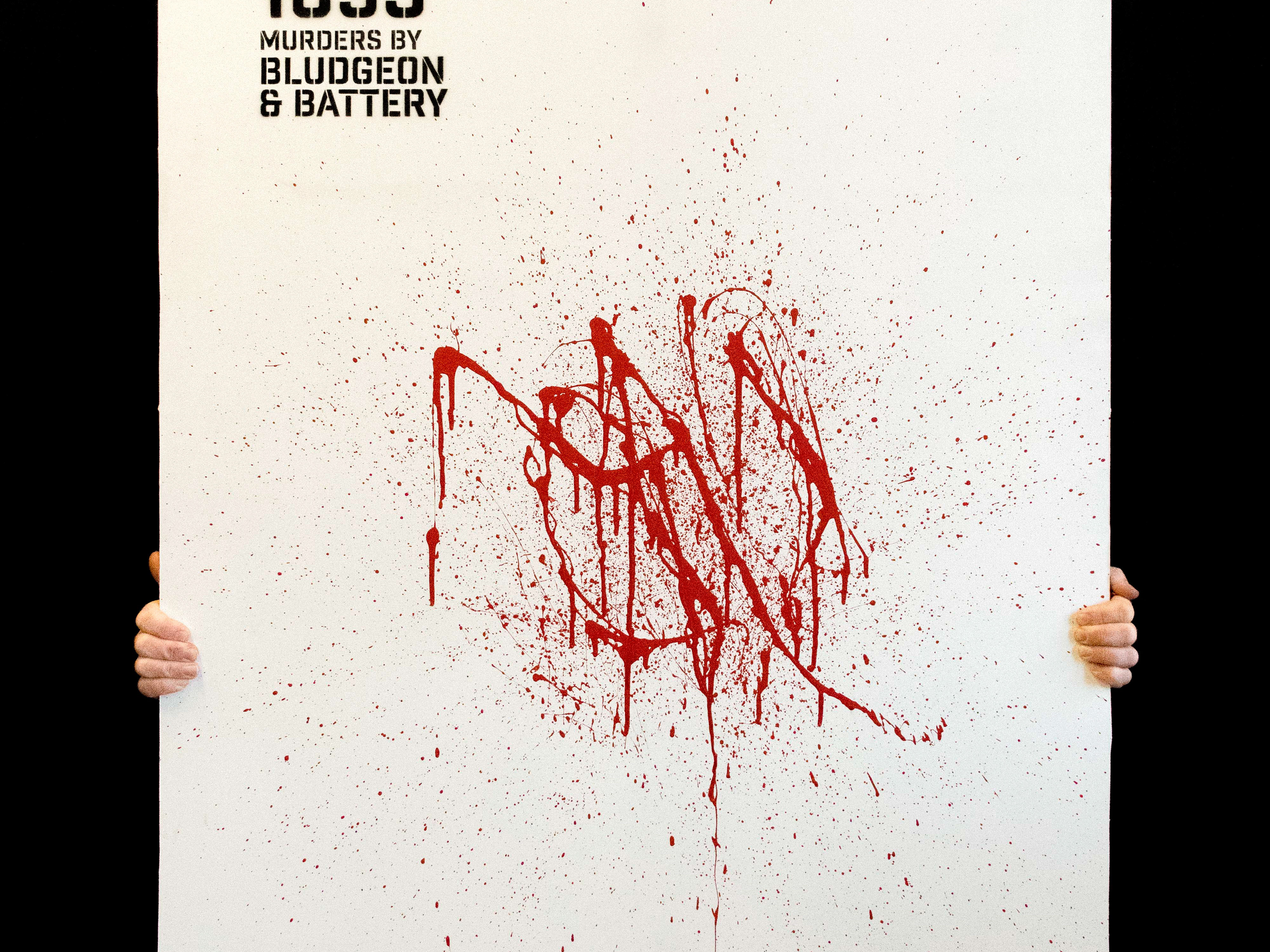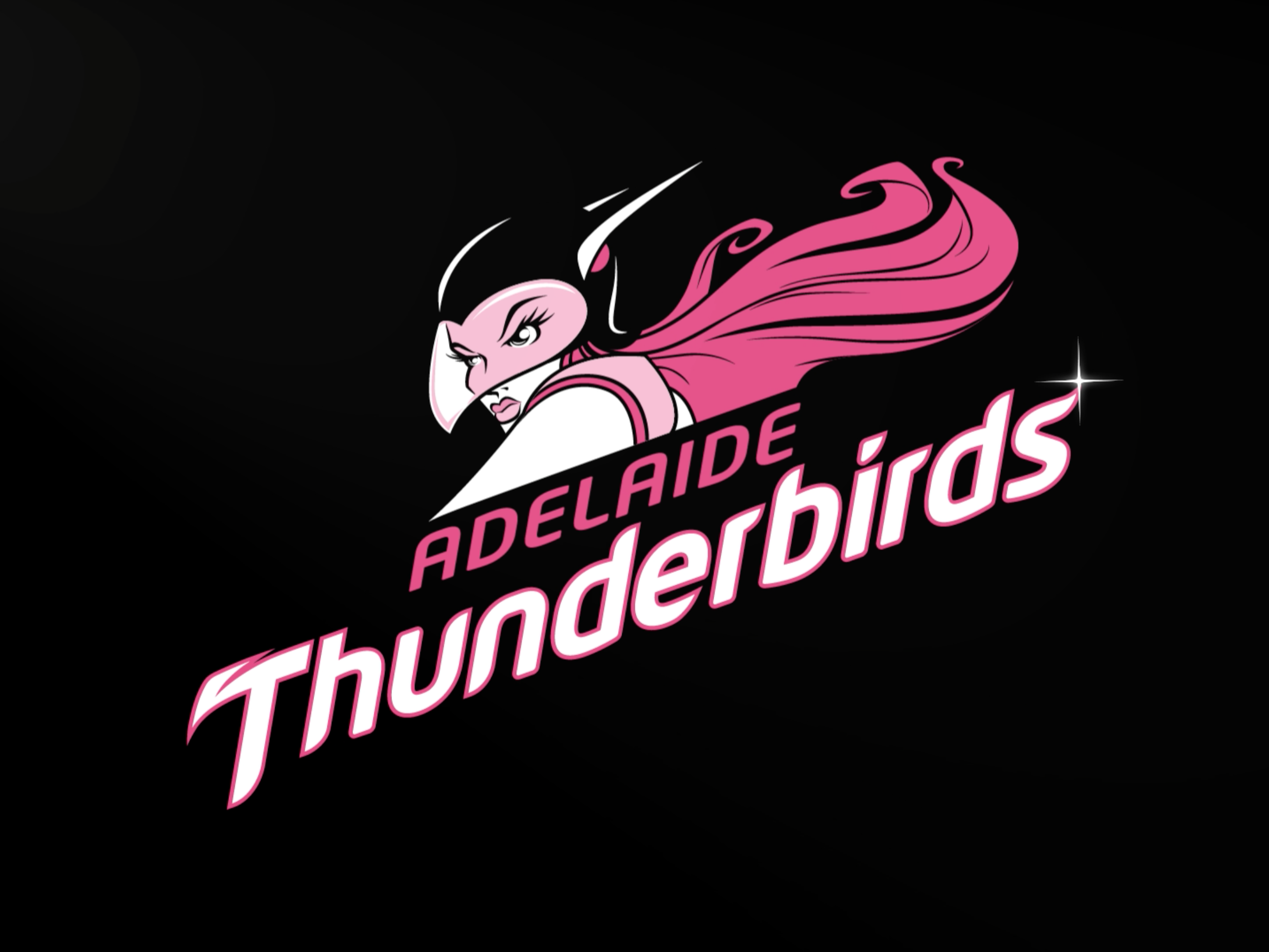The problem
The Federal Government proposed to store nuclear waste in the Eyre Peninsula near the town of Kimba in SA. Due of the controversy surrounding it, the Conservation Council of South Australia (CCSA) responded with an informative report in order for the govt to rethink the proposal, which included some heavy truths and hard hitting facts about nuclear waste and South Australia's role in the possible storage of it.
The challenge
The CCSA needed a report that could engage the legislation and encourage an informed decision before it went to vote. While they needed their voice to be heard, the document needed to remain conservative and insightful while remaining informative and impactful.
We needed to design a layout, create infographics, implement a colour palette, and add some typographical flavour to create this 12 page document, including cover.
The constraint: respect a conservative/traditional look and feel, using font and copy provided, while making the information impactful and engaging without losing professionalism. Sometimes it can be hard to not push leading edge design, but to incorporate just enough to call it good design.
The CCSA had significant pressure to get this right
The issue at hand
In order to represent the CCSA report authentically and respectfully, we needed to engage with the information of the issue itself. Not only is nuclear waste a worldwide issue, as South Australians we also have a vested interest. Though our bias was only aligned to our client, understanding their passion and viewpoint was integral to the creation of this document. And understanding that gave us insight into our client's voice as well as the how to reach their audience.
Although the theme is nuclear, we didn't want to drive negative concepts of it down the throats of our audience. Instead we remained just subtle enough to keep clear on the issue, while driving instead an informative, and in some cases a positive, contrast.
As with most cases, this document started as a Word doc. Since this document would be presented to an older group of government workers, we needed to keep the type a little larger. Although, this was a lot of information in the small amount of space requested. Also, with the importance of the issue, we felt that each section of the document needed more breathing room (negative space) to convey the significance and relevance of each point, allowing the reader to deeply engage with the information. On our recommendation, an 8 page report became 12.
Initially we thought we could bring the world stage of nuclear waste handling to the design. Using influences from the World Nuclear Association, we thought we could bring some of the authority of the WNA to the smaller stage of SA, incorporating the colours of CCSA and SA into the mix. However, we found that with the direction we were evolving, this wasn’t working, so we pulled back on these to let the material and infographics to do all the heavy lifting, and well used type to support it.
Initially we thought we could bring the world stage of nuclear waste handling to the design. Using influences from the World Nuclear Association, we thought we could bring some of the authority of the WNA to the smaller stage of SA, incorporating the colours of CCSA and SA into the mix. However, we found that with the direction we were evolving, this wasn’t working, so we pulled back on these to let the material and infographics to do all the heavy lifting, and well used type to support it.
Evolution of iterations
By changing from doom and gloom to more positive imagery, we shifted the feeling from dire gloom to positive connection with the place; what it is and what it should remain to be. Beautiful, natural and uncontaminated.
The radioactive symbol had to be used carefully and cleverly due to the fact that it has generally been overused and abused, and it informed much of the graphic solution. The colours were pulled from a version of the standard nuclear yellow with a gentler charcoal instead of pure black, including the CCSA red for the infographics and headers to retain the clear voice of the CCSA. The easy to digest graphics were stylised to be simple, but complex enough to meet the issue without exacerbating it.
Further progression and iterations
We were asked to make our infographics a little more graphic and a little less realistic. The timeline was particularly impactful to lend gravity to just how long it would really take for the waste to become safe (according to scientists' best estimates). We also decided one timeline was enough, and to include safe year itself, for yet another big impact. In this way, the information would not simply be intellectualised, but deeply felt.
In line with the new direction of colour and style, we made some small changes and omissions. One was the use of microheaders, which was an overturned decision due to the audience. For this audience, we needed to keep a bit more traditional in approach with our headers. Also, in order to keep the rest of the pages clean for smoother engagement (and because it wasn't that long anyway), we moved all of the footnotes to the last spread.
The result
A clean and beautiful document worthy of any coffee table, but professional enough to please any government official. Most importantly, it's a report that will not only engage the audience, but encourage retained attention throughout, making the material easier to digest and understand clearly the implied messages.
As a bonus, the Federal Court ruled in favour of the area's traditional owners, the Barngarla people, and the plan for Kimba was abandoned.
Read the whole thing here
Read the whole thing here
